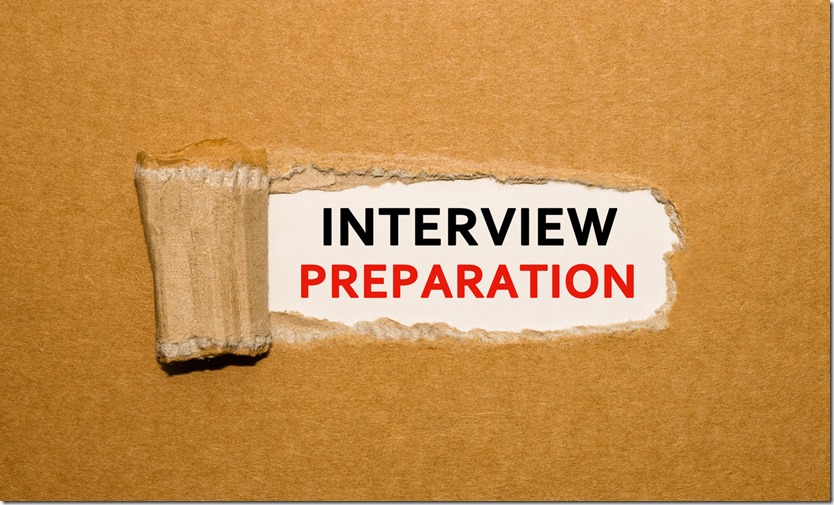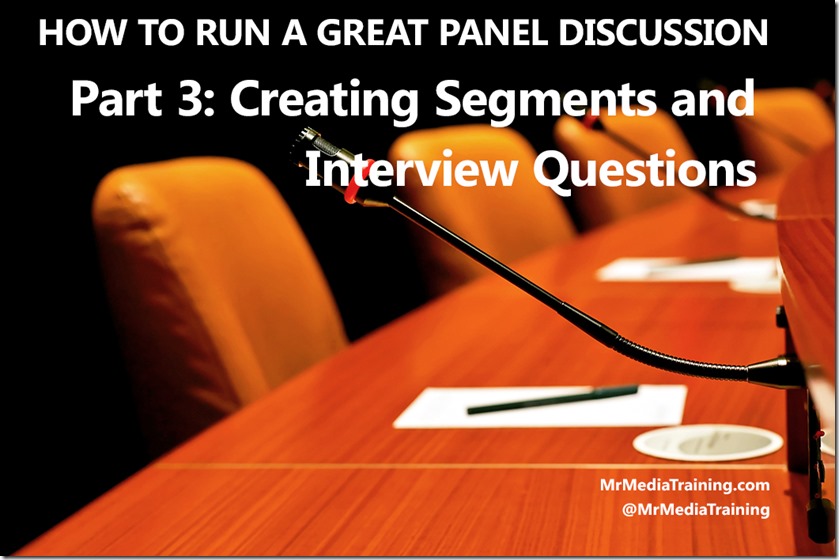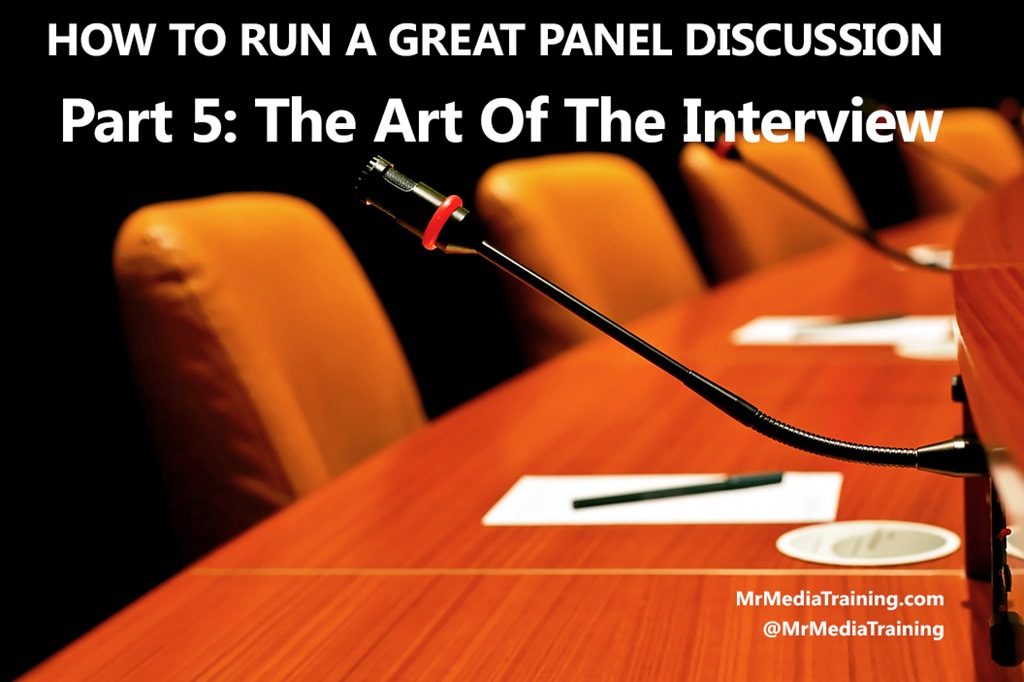Great Panel Discussions: How To Create Segments and Draft Questions
This is the third post of a six-part series that will teach you how to plan and deliver outstanding panel presentations. Click here to see all six parts.
A great interview is a combination of two things: careful planning in advance and active listening in the moment. You’ll learn how to develop your questions in this post and how to listen actively in the forthcoming post called “The Art of The Interview.”
To prepare a list of questions, begin by breaking your topic into several smaller segments. Let’s say you’re moderating a panel called “Authoritarian Regimes and (Not So) Free Speech.” Here are a few different ways you might structure the session (you would only select one):
By topic
- Segment One: Why authoritarians restrict free speech to maintain control
- Segment Two: Where the biggest threats to free speech are today
- Segment Three: Are greater restrictions to free speech our future?
By Geography
- Segment One: Threats to speech in the Middle East
- Segment Two: Threats to speech in Latin America
- Segment Three: Threats to speech in Europe
- Segment Four: Threats to speech in the United States
By Incident
- Segment One: First case study of restricted speech
- Segment Two: Second case study of restricted speech
- Segment Three: Third case study of restricted speech
Segmenting in this manner has several advantages. It ensures that your panel has a clear focus, allows you to provide the audience with a road map at the beginning of the panel to help them to keep track of where you’re heading, and breaks the pattern to retain (or regain) audience attention.
Next, you’ll prepare questions for each segment.

There are two main types of questions: open-ended and closed-ended, both of which serve different but equally useful purposes and should be interspersed throughout your panel.
Open-ended questions: They tend to lead to longer, more comprehensive answers. The following words and phrases often precede open-ended questions: “Why?” “How?” “What?” “Would you tell me more about…” “Describe your reaction to….”
Closed-ended questions: They require people to choose their answers from a limited set of options, often result in crisper answers that force panelists to place their “headlines” at the top of their answers (which, as a result, adds an energy boost to the panel).
Let’s say you decided to structure your talk about free speech by topic. Your questions for Segment Three — Are greater restrictions to free speech our future? — might look like this:
- What conditions are usually in present in countries that are moving toward more repressive speech? (open)
- Looking at the global picture, do you see the trend shifting more toward free speech or restricted speech? (closed)
When you say restricted speech, what exactly do you mean? (open) - In addition to government censorship, there’s also the issue of self-censorship. For example, we’ve seen stories about college professors who are afraid to say certain things in their classrooms for fear of becoming targets of harassment from angry students who don’t agree with their views. What role does self-censorship play in this question of restrictions to free speech? (open)
- Can restricting speech ever be a good thing that makes societies function better? (closed)
- Finally, let’s look inward. Using the standard letter grading system of A – F, where would you have rated our national policies on matters of free speech 50 years ago, and what grade would give us today? (closed)
Once you’ve completed your questions, you might be tempted to send the complete list to your panelists. Resist that urge — doing so often leads panelists to over-prepare and come across with a lack of spontaneity on stage.
Instead, provide them with the overall themes you plan to cover, along with a key question or two. Your goal is to help your panelists think through the topics without becoming too scripted.
See all six parts in this series, in which you’ll learn how to plan a panel, set up the room, ask riveting questions, engage with the audience in unexpected ways, and much more!




Excellent series. You are a goldmine of practical and thoughtful information on this subject. Thank you!
Thank you for your many years of reading and engaging with my posts. I’m glad to have you in this community!
Best,
Brad